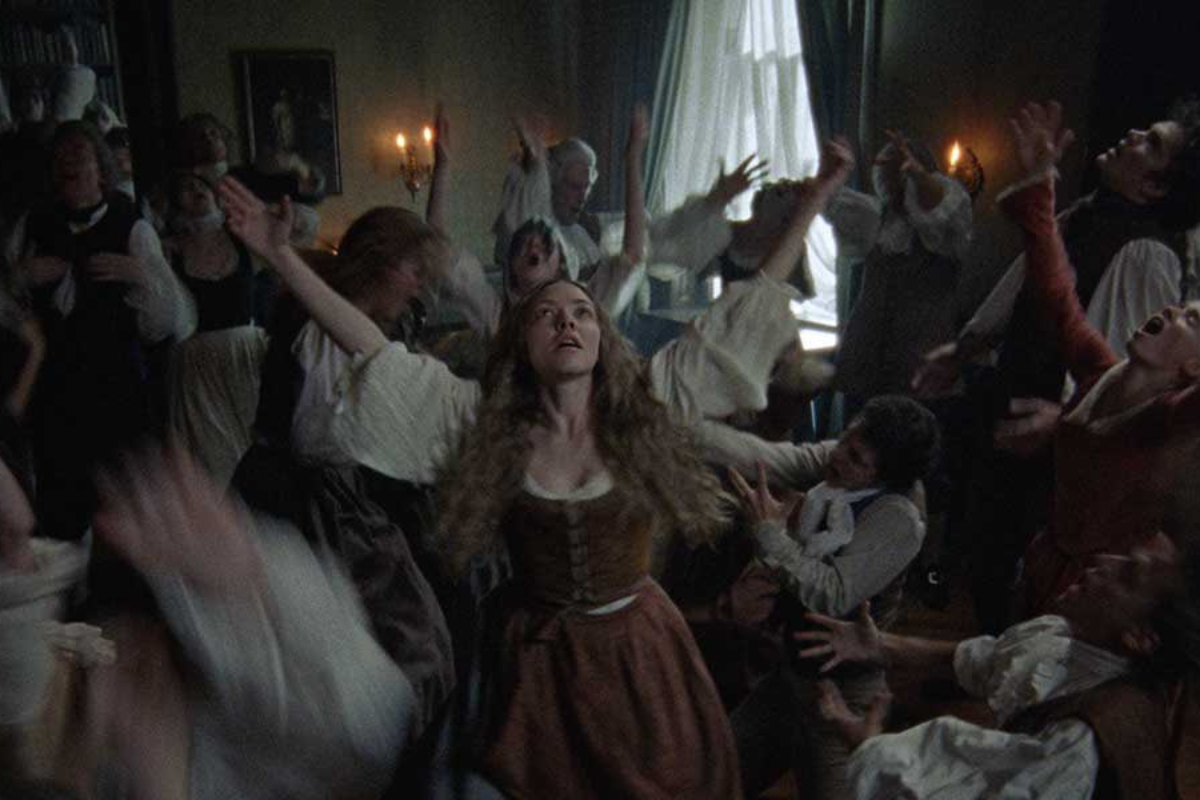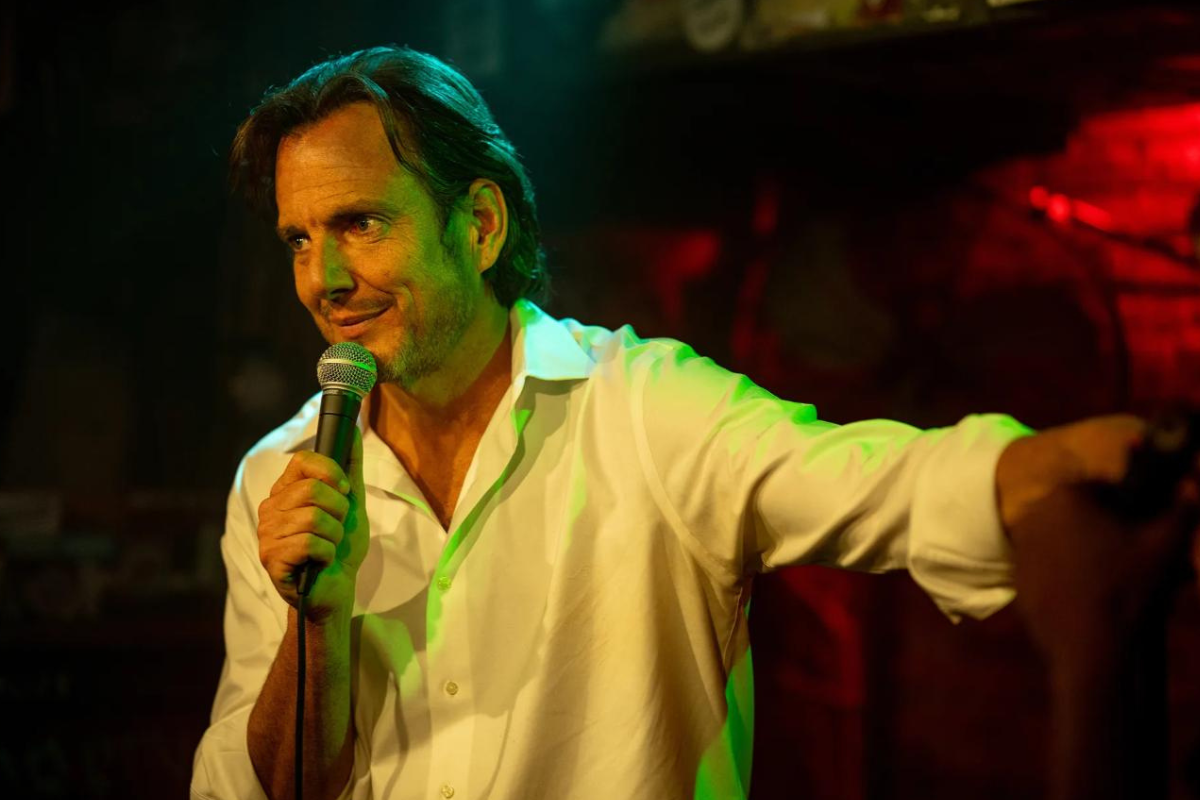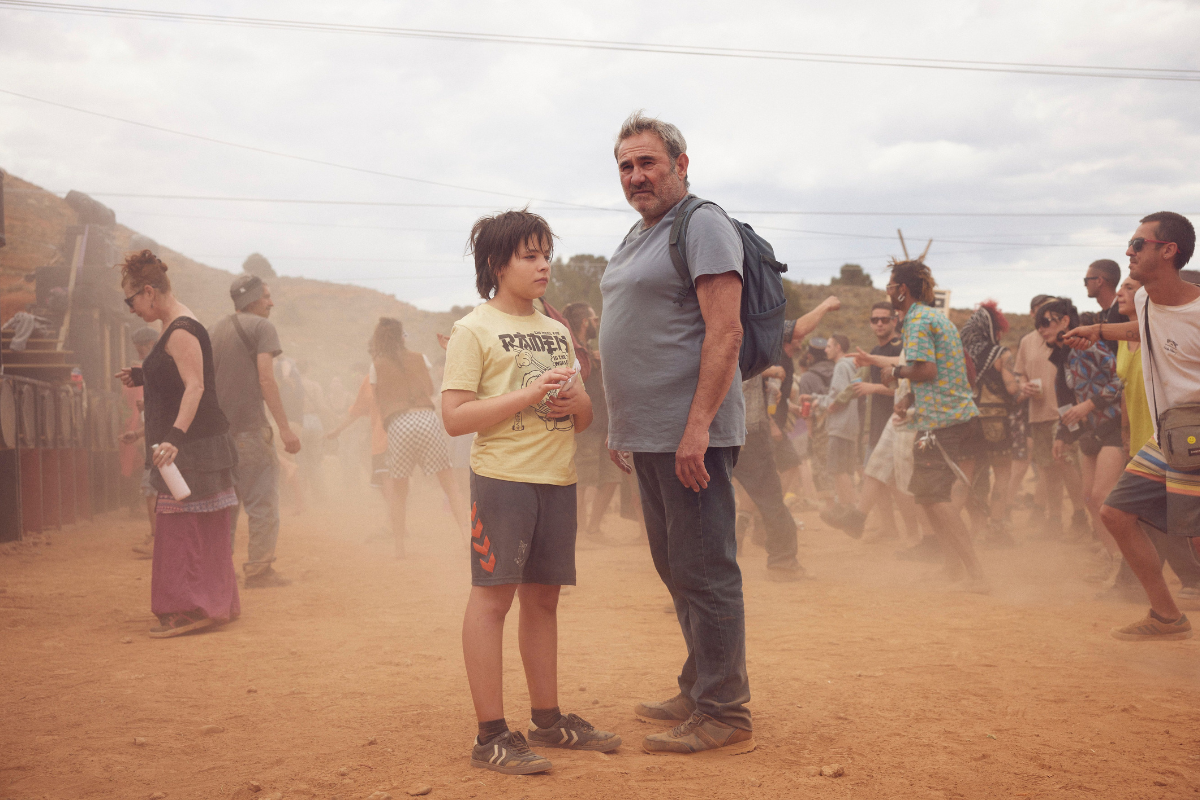Story Maps by Daniel Calvisi Book Review
Story Analyst Dan Calvisi used to only reveal the inner workings of his method to his students and script consulting clients now but he’s sharing his template in his new eBook: Story Maps: How to Write a GREAT Screenplay, available as a download purchase directly off his on his Act Four Screenplays website.
Story Analyst Dan Calvisi used to only reveal the inner workings of his method to his students and script consulting clients now but he’s sharing his template in his new eBook:Story Maps: How to Write a GREAT Screenplay, available as a download purchase directly off his on his Act Four Screenplays website. For screenwriters conceptualizing their next screenplay, rewriting an existing script, analyzing their favorite movies to further hone their craft or even creative producers researching film comps for their projects in development, Calvisi offers a meta-structure to break a story down into the eight main dramatic elements, four major story engines, and 10 crucial signpost story beats (that must be in the exact same order and hit really specific page points regardless of the genre) in order to beat out an outline and a complete scene list.
Calvisi uses both contemporary commercial blockbusters and critical successes as well as the old stalwart classics the average reader is sure to be familiar with as examples. This grounds and contemporizes the readers’ communal frame of reference. His appendix offers a wide range of sample story maps worked out for such films as The Hangover, The Wrestler, The Dark Knight, How To Lose a Guy in 10 Days, Drag Me To Hell, As Good as It Gets, and Sunset Blvd. His Booster Pack (available separately) breaks down: Juno, The Social Network, Hustle & Flow, Raiders of the Lost Ark, Black Swan (<<<click for free partial story map sample), Sex and the City (the movie), Meet the Parents, The Matrix, Rain Man, Rocky(<<<click for free partial story map sample), Up, and X-Men. His text, of course, mentions many more (Aliens, Gladiator, Tropic Thunder, etc.). I list these titles because if you’re studying films in the provenance of yours, I find it's often worth the retail price for the time and effort a third party took to break down your precursor(s), freeing you up to spend time analyzing its relevance to your project.
Calvisi beats a lot of the same drums I do with my own clients and students. He admonishes his readers to be meticulous in their word choices. We’re writers. This should be obvious. But as we all know, sadly, it’s not. We’ve also all heard that our screenplays are blueprints for their movies. Calvisi is prudent to point out that our charge is not to simply supply a shot list, but instead he urges screenwriters to literarily detail an “emotional cinematic template” for their proposed film. I think that’s a fine clarification. He pushes active storytelling. That cannot be over-emphasized. Every single scene and all your characters’ actions should advance the story, escalate the conflict, and cause change while remaining thematically cohesive. He writes: “If theme is WHY you tell the story, structure is HOW you tell it” -- and he offers up his Story Maps to help you get there.
Story analysis has a rich history, from Aristotle’s classical three-act restorative structure to Syd Field’s applying that structure to screenplays on through to the late, great Blake Snyder’s re-interpretation of modern movies in Save The Cat. It’s tough to make a unique dent in this great legacy that is reflected through the thoughts and research of Joseph Campbell and Chris Vogler on through script consultants and authors galore. That said, I didn’t find Calvisi’s method to be particularly revolutionary. But we all have our preferred palettes, terms, and tools and his is certainly a solid, organized approach. Once Calvisi moved beyond his Story Maps, however, I found the rest of the eBook rather tedious, meandering from really random, rudimentary screenwriting formatting (not all of which I’d necessarily agree with) on to networking and career advice.
While Calvisi speaks from the trenches, some of his formatting insights and suggestions weren't in keeping with what I find prevalent in the marketplace today, but we all run in different circles and whatever gets the job done. He explains that it's "good enough" for him that Scott Frank (Minority Report, Out of Sight, Get Shorty) bolds and underlines his sluglines, but that's clearly not the industry standard (at least not for features). He questions why Oscar®-winning screenwriter Eric Roth (Forrest Gump, The Insider, Munich) isn't ALL CAP HAPPY, when it is increasingly the more elegant trend to shy away from caps. His comments like “those war epics that you newbies like to write,” “You’re not Quentin Tarantino” and “Your script doesn’t have the benefit of movie stars!” felt slightly condescending to his readers, or at least narrowly targeting rookies and neophytes when his method truly serves a much wider audience. He’s not a fan of voiceover, but I am of the school that believes that voiceover has a suffered an undeserved bad rap thanks to its incessant incompetent handling, in spite of its effectiveness evidenced annually by Academy Award®-winning movies employing this device. In an era where screenwriters are whipped into avoiding voiceover like the plague, it seemed out of touch that he’d think any writer would add this element “just because the writer thinks it will make their script more commercial.” I can't think of any writer who would take this position. But I will agree it is undeniable: voiceover is most often misused by lazy writers.
Calvisi does share an interesting insider story. He "wrote coverage on the submission draft of The Sixth Sense by M. Night Shyamalan the night before it sold in a $3 million-plus deal.” In his coverage, he suggested trimming the 126 pages down by eliminating extraneous subplots like the old man and toning down the R-rated gore to achieve the delicate balance between horror and drama. Whether anyone involved in the film ever saw that coverage or not, he was pleased to see that the $600M PG-13 blockbuster ultimately had 30 minutes cut and had made both of those substantial changes. In a chance meeting later with Joe Roth, he learned that those changes were actually conceded to, much more expensively, in editing. A good lesson, well illustrated: When in doubt, cut it out (so it doesn’t end up on the proverbial cutting room floor – or in the Avid delete bin).
There is a lot of great advice here: the bigger the film, the broader the theme needs to be. Keep it simple and universal. Try to write for a million people. Shoot for discovery and subversion of expectation in every scene. He suggests struggling writers commit to write one scene a day with the goal of finishing every scene you sit down to write. Rather than fussing around making editorial changes to your previous writing, just keep moving forward. I did laugh at Calvisi’s funny “drown their puppies” play on William Faulkner’s famous advice to writers to “kill their darlings.” Most important, as I read his Story Maps, I was inspired to rethink my current project. And that’s what its all about, right?
Heather Hale is a film and television writer, director and producer with over 80 hours of credits. She currently produces Lifestyle Magazine, the #1 life coaching broadcast television talk show. She wrote the $5.5 million dollar Lifetime Original Movie The Courage to Love (2000) which starred Vanessa Williams, Stacy Keach, Gil Bellows and Diahann Carroll. She directed, produced and co-wrote the million dollar thriller Absolute Killers which was distributed theatrically then sold at Walmart and Best Buy.
She has books published by the two major entertainment industry publishers: Story Selling: How to Develop, Market and Pitch Film & TV Projects (2019, Michael Wiese Productions) and How to Work the Film & TV Markets: A Guide for Content Creators (2017, Focal Press/Routledge).
The Independent Film and Television Alliance approved her as a qualified independent producer to pitch projects to NBCUniversal for their annual development fund. As IFTA’s Industry Liaison, Ms. Hale booked all the speakers for the 2013 American Film Market, including their flagship Conference series as well as launching their Producer’s Workshop. Ms. Hale served as the Vice President of Event Programming for NATPE (the National Association of Television Program Executives) for whom she also booked speakers and designed curriculum as well as consulting professionals to polish their pitch packages and sizzle reels to prepare them to pitch their TV concepts at their annual TV markets. She has written many “How to Pitch TV” articles and executive profiles for their membership newsletter and website.
A popular international speaker and in-demand consultant, Ms. Hale has taught custom pitching workshops to ABC/Disney Drama Executives, a weeklong screenwriting retreat in Australia (integrated with concurrent directing and acting programs). She teaches webinars and online classes for the Writers Store, Screenwriters University and Stage 32. She is a member of The Academy of Television Arts and Sciences (The “TV Academy,” the entity that awards the Emmys) and ShowBiz Mensans.







